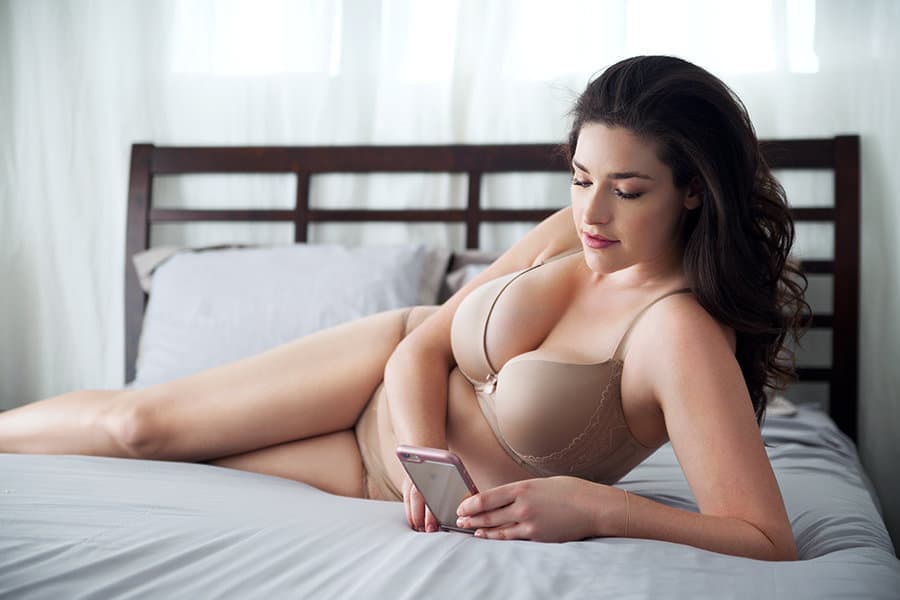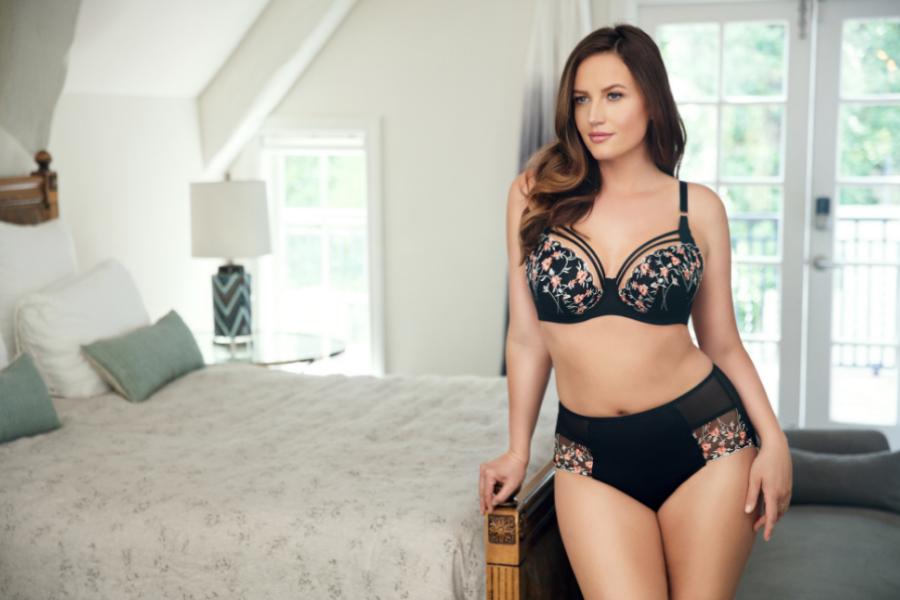Here’s How Plus Size Models Are Improving Our Mental Health
Let’s talk about #BoPo
Long gone are the days when exclusively slim models adorn advertising campaigns. Thanks to the Body Positive (#BoPo) Movement along with social advancements, we’re now seeing more and more ‘realistic’ body sizes in the media.
But wait just a minute, what effect is this change having on us ladies and, crucially, our minds?
Well, according to a new study by Florida State University, seeing plus-size models in the media helped to enhance women’s psychological health.
That’s right; looking at healthier, fuller sized women rather than the stereotypical model body shape could have more benefits than we ever imagined before now.
“By measuring psychophysiological responses during image exposure, we were able to gain insights into the real-time cognitive and emotional responses that unfold when women are exposed to different-size media fashion models,” explained Russell Clayton, assistant professor in the FSU School of Communication, director of the Cognition and Emotion Lab and lead author of the study.
As part of the study, Clayton, Jessica Ridgway, assistant professor in the Department of Retail, Merchandising and Product Development, and Joshua Hendrickse, a doctoral student in the FSU School of Communication worked with college-age women to determine their responses to various media forms.
The 49 participants in the study had all previously indicated that they wanted to be slimmer than they were. As part of the study, each of the women was shown imagery of thin, average, and plus-size models.
Whilst this was happening, the researchers took note of the participants’ psychophysiological responses, so that they could determine how each image impacted them.
The results were highly telling of the way we respond to the images that we see within the media. When the participants saw average or plus-size models, they paid more attention to the adverts in general and also came away with higher levels of body satisfaction.
In essence, that means that seeing these women portrayed in the media actually improved their levels of wellbeing and mental health.
“We found overwhelmingly that there is a clear psychological advantage when the media shows more realistic body types than the traditional thin model,” Ridgway later explained.
Of course, on the flip side, seeing the ultra thin models had quite the opposite effect. The researchers noted that when women saw these images, they were more likely to make comparisons between themselves and the models and also paid less attention to the adverts. Even more worryingly, these images meant that participants had less body satisfaction, which has been proven to have negative impacts on mental health.
“Women made fewer social comparisons, felt increased body satisfaction, paid more attention to and remembered average and plus-size models. Therefore, it might be a useful persuasive strategy for media producers to employ plus-size models if the goal of the campaign is to capture attention while also promoting body positivity,” said Clayton.
The takeaway is simple — seeing larger women in the media not only helps boost women’s mental health and the way they see themselves, but it is also more effective than other forms of advertising. What could possibly be better than that?
There’s no doubt about it; over the last few years the #BoPo movement has grown and grown. So, with the standards of beauty in advertising changing, it will be intriguing to see what happens next. Watch this space!
Related: 7 Ways To Show Your Body The Love It Deserves






